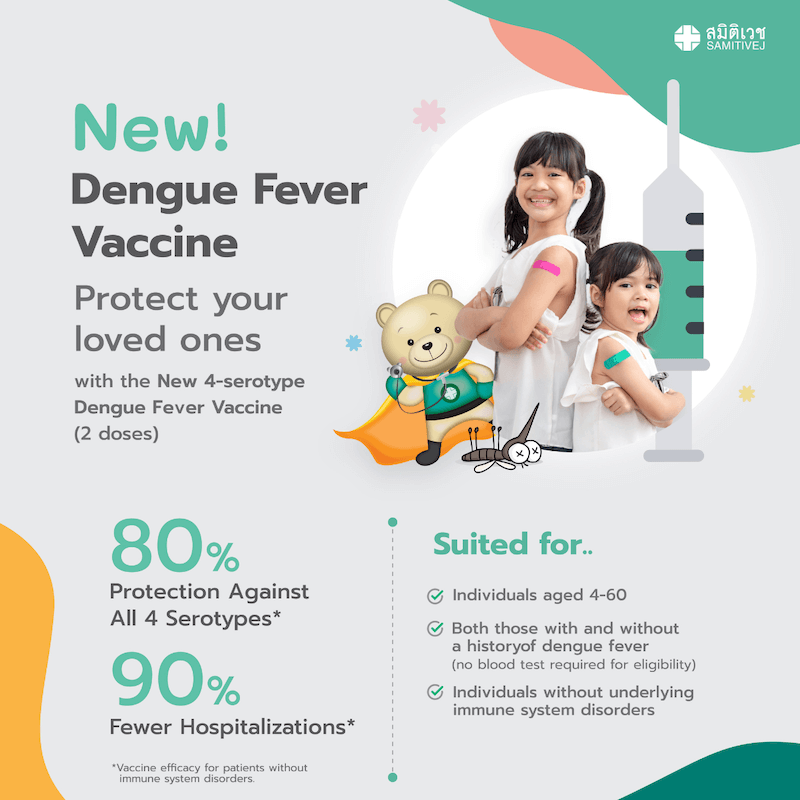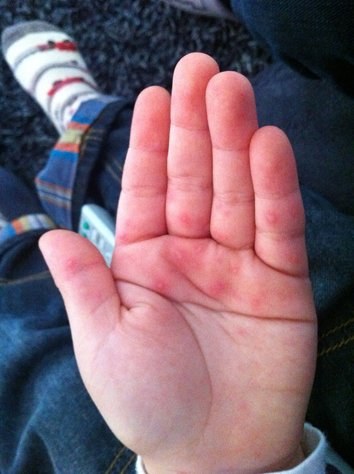Below are 7 essential things parents should know about Hand, Foot and Mouth Disease (HFMD). A viral disease fairly common in children, HFMD outbreaks usually occur in schools.
1. HFMD can be caused by a number of viruses, most commonly the coxsackie virus. This can be transmitted through nose and throat secretions, fluid in the blisters of infected persons, and through stool. Eating or drinking contaminated food can also transmit HFMD.
2. Symptoms of HFMD will usually appear 3 to 6 days after transmission; typical symptoms include fever for 2 to 4 days with flu-like symptoms, lack of appetite and blisters on the tongue, gum, and the inside of the cheeks. Blisters, which can break and become ulcers, may also appear on the palms of the hands, soles of the feet and buttocks.
3. HFMD is generally a mild illness, lasting up to a week, but the blisters can cause discomfort and pain. In rare cases, HFMD can lead to meningitis, encephalitis, paralysis, myocarditis and death.
4. Adults are often unaffected by HFMD due to antibodies created from previous exposure.
5. Children diagnosed with HFMD should not go to school for at least one week, or until all blisters have healed. There are no specific HFMD medications, and treatment is for managing symptoms, such as fever and pain.
6. To help prevent contraction and spreading of the virus, parents and caregivers should wash their hands frequently, especially after wiping the noses or mouths of children. Also, do not share utensils with those infected and avoid close contact with those you know are infected.
7. Caregivers, cooks and others who work with children should keep their nails short and avoid wearing rings and/or bracelets while working. Also, they should always wash hands with soap before eating; using the restroom; touching children’s stool, nasal discharge or saliva; and undergo annual medical check-ups.
For further information, please contact Bumrungrad Children’s Center or email [email protected]
Image credit: Marc van der Chijs















